Is there any best pulse for uric acid patients? The day you have been detected with high uric acid level, you must have got advice like don’t have dal, stop having spinach and tomato, don’t eat seeds, avoid high protein, etc. It’s easy to advise – don’t eat this, don’t eat that. However, it is difficult to follow in the long term. So it is best to have complete clear information to make wise dietary choices.
This blog is going to be all about answering the following questions –
- Is it safe to have dal/pulse for uric acid patients?
- Which dal is not good for uric acid?
- Does masoor dal increase uric acid?
- Is toor dal good for uric acid?
- Is rajma bad for uric acid?
- Is urad dal good for uric acid?
- Is green pea high in uric acid?
- Does moong dal increase uric acid?
- Is chana dal good for uric acid?
- Which dal is best for uric acid?
- How to remove uric acid from dal?
- What else to do to control uric acid?
So, read the blog till the end.

Is it safe to have dal/pulse for uric acid patients?
Dal/ beans/ lentils/ pulses are absolutely safe in moderation for daily intake even if you have high uric acid with or without joint pain.
Remember, even if you have high uric acid, your body still needs adequate protein, micronutrients, and fiber, antioxidants for maintaining your health.
Dal in regular Indian diet provides –
- Good amount of protein, soluble and insoluble fiber
- Satisfactory level of vitamin B complex like thiamine, riboflavin, niacin, pantothenic acid, folate, pyridoxine, etc.
- Good source of minerals such as calcium, phosphorous, zinc, selenium, iron
- Decent amount of antioxidants- polyphenols like procyanidin, flavanols, etc (1)
Most protein-rich non-vegetarian foods like seafood, red meat, organ meat, etc contain high purine and often form excess uric acid in the body. You must put a restriction on having these food items.
Pulses are one of the best vegetarian sources of protein and also fall into the moderate category for purine content. So it is technically safe to include pulse in daily diet.
Research shows that fiber helps to control the uric acid level. Pulse contains a good amount of insoluble and soluble fiber. Therefore it is beneficial to keep a check on the uric acid levels. (9)(10)
A study suggests that it’s best to consume a plant-based diet (pulses, vegetables, fruits, nuts along with egg) or reduce consuming seafood, red meat, organ meat, chicken, etc once you have high uric acid. (2)
There are studies that found that consumption of regular pulse helps to reduce high uric acid levels. (3) (4)

What is the relation between protein – purine – pulse for uric acid patients?
Avoid high protein food; stop eating high purine-containing food. These will increase your uric acid and joint pain.
If you are struggling with high uric acid, you must have heard these as well which leaves you confused.
After food consumption proteins get digested and form amino acids. Certain amino acids then take part in the biosynthesis of purine. Note that, purine is the building block of DNA and RNA.
Purine undergoes metabolism and forms uric acid as waste. Your kidney then excretes 10% of this uric acid through urine and 90% of this uric acid gets reabsorbed in the kidney and circulated in the human body again. This is how the uric acid balance is maintained in our bodies.
The human body is complicated. So don’t think protein means purine and purine mean high uric acid. It is not that simple. You need protein and purine-rich food for health reasons and still control increasing your uric acid level. How?
Purine like adenine, hypoxanthine produces more uric acid compared to other forms of purine – guanine and xanthine – after metabolism.
So, it’s not only low purine food, but you need the right amount of protein and purine and an alkaline diet to eliminate accumulated uric acid significantly and more rapidly. (6)

Does masoor dal increase uric acid?
Masoor dal or lentil is safe for consumption for the patient with high uric acid. You can cook and consume approximately 40-50 g of lentils per day. That means you may have about 1-2 medium bowls of masoor dal with medium consistency in a day.
100 g of masoor dal contains –
- 25.1 g of protein
- 10.3 g of total dietary fiber among which 8.3 g of Insoluble dietary fiber and 2.0 g of soluble dietary fiber (source – Nutritive value of Indian food, NIN, 2016)
- Approximately 127mg of purine (in raw masoor dal) which makes it a moderate purine content food. (7)
- Research suggests 100 g of cooked lentil contains only 74mg of purine which comes under low purine content food. (8)
Don’t forget to soak the lentils for at least 6-7 hrs to remove the anti-nutritional factors present on the surface. Then cook it well to make Indian dal or dal soup or vegetable dal or dal stew as per your choice.

Is toor dal good for uric acid?
You can consume red gram or toor dal even if you have high uric acid. Wash thoroughly, soak for a few hours and cook it well. It is rich in protein and dietary fiber.
1-2 small bowls of toor dal can be a part of your planned balanced diet.
100 g of toor dal contains 22.3 g of protein, 9.1 g of total dietary fiber, 6.8 g of soluble dietary fiber, and 2.3 g of insoluble dietary fiber. (source – Nutritive value of Indian food, NIN, 2016)
Is rajma bad for uric acid?
Rajma is rich in protein (22.9 g/ 100 g) and fiber, a good combination to provide adequate protein along with controlling the uric acid.
The purine content of 100 g cooked rajma or kidney bean is 58 mg which falls under low purine content food. (8)
Don’t forget to soak rajma overnight and wash thoroughly before cooking. Cook it well. You can enjoy a bowl of rajma as a part of a planned well balanced diet.

Is urad dal good for uric acid?
Urad dal or black gram can be consumed by patients with high uric acid. Just like other dal, urad dal is also very rich in protein (24g/100g) and dietary fiber (11.7g /100g). (source – Nutritive value of Indian food, NIN, 2016)
The combination of protein and dietary fiber specifically insoluble dietary fiber makes it favorable to supply the goodness of protein without increasing the uric acid level.
Like other pulses, soak the dal for 5-6 hrs, wash well and then cook thoroughly. 1-2 bowls of urad dal with medium consistency are fine for a day as a part of a vegetarian diet.

Is green pea high in uric acid?
Green pea comes under moderate purine content food. 100 g of green pea has approximately 21 mg of purine. (9) It is a good source of protein as well (7.2g/ 100g).
It is safe to have 50 g of green peas in a day as a part of a balanced diet.
Does moong dal increase uric acid?
Like other pulses, moong dal or green gram is safe for people with high uric acid. 100 g of moong dal contains 24.5 g of protein and 8.2 g of total dietary fiber. (source – Nutritive value of Indian food, NIN, 2016)
The purine content of moong is 222 mg/100 g which comes under the moderate purine category. However, cooked green gram has approximately 80 mg of purine/ 100 g. (7) (8)
50 g of moong dal can be a part of your daily diet. Don’t forget to soak it for 5-6 hrs and wash with sufficient water to remove the anti-nutritional factors like tannin, enzyme inhibitor, phytate, etc.
Enjoy having a bowl of moong dal with vegetables or khichri with vegetables as a wholesome meal.
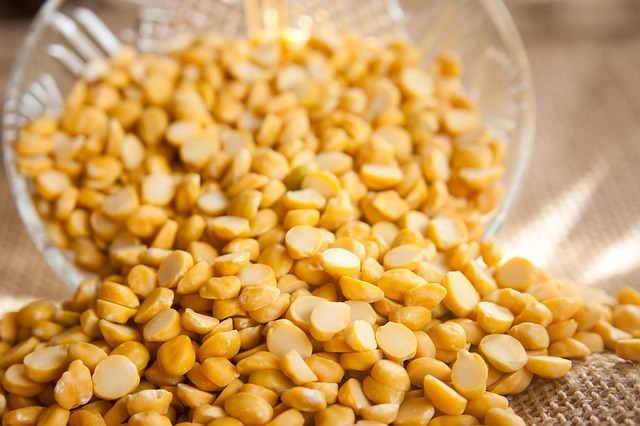
Is chana dal good for uric acid?
Patients with high uric acid can have chana dal and chickpeas in moderation.
100 g of chana dal has approximately 20g of protein and 15.3 g of total dietary fiber among which 12.7 g is insoluble dietary fiber.
100 g of chickpea contains 17.1 g of protein, 28. 3 g of total dietary fiber and 25.2 g of insoluble dietary fiber. (source – Nutritive value of Indian food, NIN, 2016)
Raw chickpeas have around 109 mg of purine/100g whereas cooked chickpeas, and chana dal contain 19 mg purine/100g. (7) (8)
You can have 40-50 g of chana dal, and chickpeas in a day as a part of a balanced diet. Feel free to have it as sabzi or dal.
Remember to soak it overnight followed by a thorough water wash before cooking. Washing, soaking, cooking, etc helps to reduce the purine content.
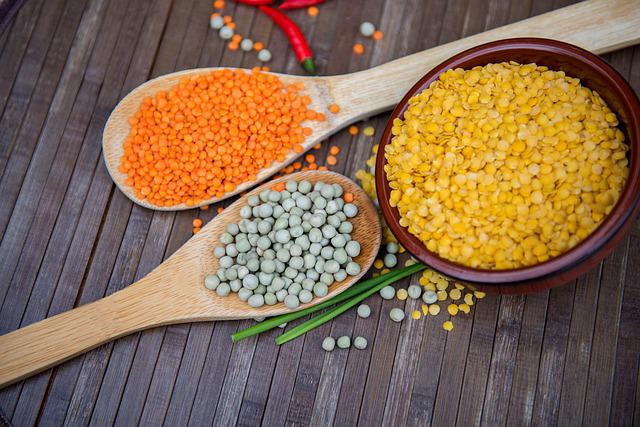
Which dal is best for uric acid?
Dal is a great combination of protein and fiber, making it perfect for patients with high uric acid as part of a plant-based or vegetarian diet. Most of the common Indian dal – masoor, moong, toor, urad, chana, green peas, rajma, chole, etc – are okay to include in daily diet. So there is nothing particular to say the best pulse for uric acid patients.
However, the quantity of dal consumption needs to be under check. 40-50 g of dal can easily be a part of a plant-based well-balanced diet.
Remember to bring variety in your pulse choice. Do not end up having the same dal every day. Try to consume at least 4 types of dal in a week. This will ensure the goodness of dal without causing any side effects.
Which dal is not good for uric acid?
Most the Indian pulses are safe. There are studies that claim soybean is not fit for people with high uric acid. (10) However, there are also studies that show intake of soybean does not increase uric acid. (11)
Soybean has a very high protein content of 43.22g/100 g. The purine content of raw soybean is 190mg/100g whereas for cooked soybean it’s 64mg/100g. (7) (8)
One Chinese study conducted by over 6000 people showed that consumption of pulses increases the risk of getting high uric acid to a certain extent. (5)
So what to do?
Since there are conflicting results around soybean and a few for other pulses, the best way to deal with this is by consuming pulses within a limit.
Soybean sabji is okay for once or twice a month in very limited quantity. Otherwise for all the Indian dal consumption in moderation is the key to keeping uric acid under control.

How to remove uric acid from dal?
Pre-treatment of pulses which includes a few hours to overnight soaking depending on the type of pulse followed by repeated washing with ample water is a must.
Pulse contains anti-nutritional factors like phytate, tannin, trypsin inhibitors, and other enzyme inhibitors on the surface. This pre-treatment helps to reduce the anti-nutritional factors and make the nutrition more available for digestion.
Later cooking the dal well helps to reduce the purine content to a certain extent. Study shows how cooking helps to reduce the purine content of meat, chicken, and fish. (12) (13)(14)
Raw lentils and beans come under moderate purine-containing food – 400 – 100 mg/ 100 g. But cooked one falls under low to very low purine foods 100 – 50 or below 50 mg/100 g. (7) (8)

What else you can do to control uric acid?
Only 1/3rd of uric acid is produced from food and the rest 2/3rd is formed internally as metabolic waste.
Food plays only a 30 % role in controlling the uric acid, rest depends on other lifestyle factors like alcohol consumption, obesity, hypertension, certain medication side effects, etc.
Try to follow the tips below –
- Stop consuming seafood, organ meat, red meat, etc. Reduce eating fish, chicken, and lean meat.
- Plan a well-balanced diet. If possible try to have a plant-based diet including vegetables, whole grain, pulses, vegetables, fruits, nuts and seeds, low-fat dairy, etc. You may include an egg in your daily diet.
- Avoid snacking in between major meals.
- Stop having food 3 hrs after going to bed to prevent the accumulation of uric acid in the body
- Fix your mealtime
- Drink ample fluid (15)
- Stay active and exercise regularly (16)
Bottom line
Saying no to food is easy but difficult to maintain for a sustainable diet. It is safe to have a pulse for uric acid patients. Feel free to add a variety of pulses to your daily diet. Eat-in moderation and follow the steps for proper preparation and cooking.
You may have a combination of various lifestyle disorders like diabetes, hypertension, high cholesterol, cardiovascular disease, etc along with high uric acid. Consult a nutritionist to plan your diet better. All the best.

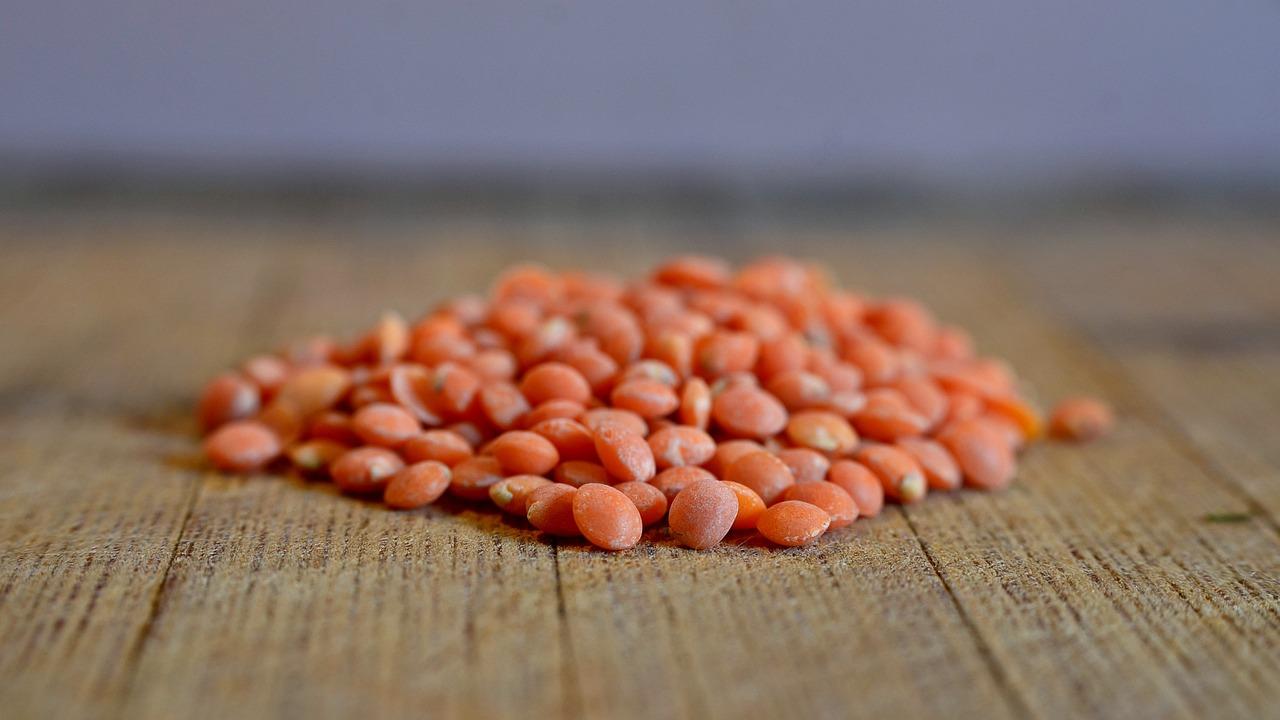
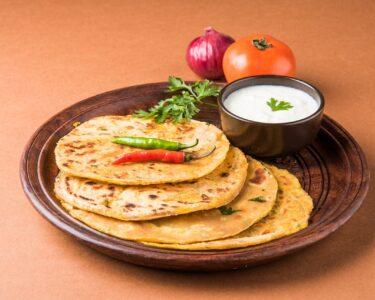


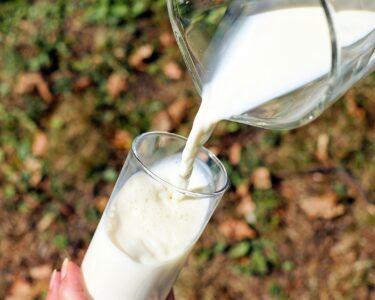
13 Comments